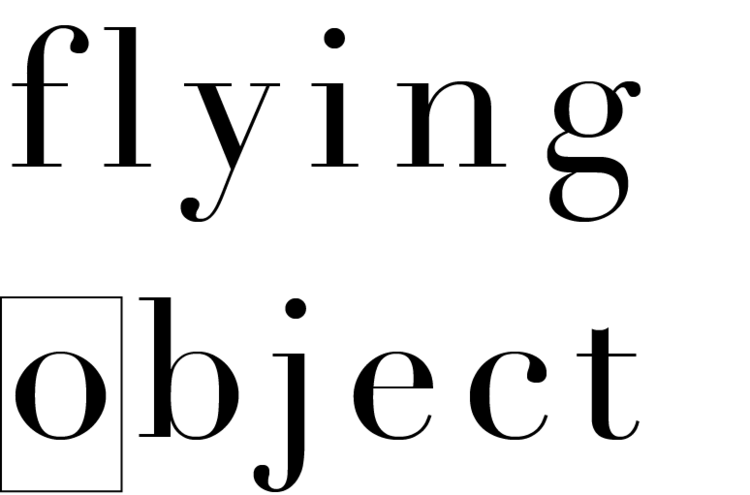Artists are creators — not just of art, but also of themselves. How does an artist choreograph the motions of their identity against the canvas of their origin?
I can’t call it that seeks to map the route between an artist’s self identification and their origin. This tenuous dynamic is navigated by way of a series of personal interviews that challenge artists to confront the ways in which their daily practice as self creators negotiates the static limits of their origins.
This project began with standing in line for the bathroom at Elliott Bay Book Co. in Seattle. What would happen if I asked the stranger standing next to me in line, “What’s the worst thing you’ve done today?”
I didn’t ask her, but I created a series of questions, perhaps similar to the one above, to invite artists to respond to.
Perhaps it reminds us of ‘subconscious analysis’ to ask artists questions about their childhood and feelings and relationships to inanimate objects, but I’m just interested. It’s information we don’t usually get to access candidly in public. But what if we do ask each other to share / access?
I formed some questions and with each participant I sat with them, and we’d write together for ‘x’ minutes. It was important to me that the writing would take place in person, with paper and a pen. The connectedness of the body to the page was definitely a priority.
The immediacy of reading aloud what was just written a few moments ago involved vulnerability, openness, and trust between myself and each participant. This was refreshing, imagining that each of these artists devote intense amounts of time notating, ruminating, creating, and refining the work they do. In a way this was an exercise to shed that, and to free the process and demands for ‘getting it right’.
—Stacey Tran
01:
What is your relationship with water?
A memory you have from traveling as a child:
The view outside your bedroom window:
The shape of your body:
A time when you felt invisible:
A time you were taught something new:
02:
How would you describe color?
What is your relationship with water?
What have you given up to be here now?
What caught your eye?
The shape of your body:
03:
An object you touch every day:
Your favorite social experiment:
How would you recognize yourself in a strange place?
What is your relationship with water?
What textures are meaningful to touch?
What would you like to leave behind?
STACEY TRAN is an editor at Poor Claudia and a curator of the performance series, Pure Surface. She lives and works in Portland, OR. www.staceytran.com
_________
AMY BERNSTEIN is an artist and writer who lives and works in Portland, Oregon. Originally from Atlanta, Georgia, Bernstein relocated to the northeast to study painting at the Rhode Island School of Design. Since graduating, she has lived in various locales such as Austin, Texas and Berlin, Germany, yet feels most at home on the west coast, where the coffee is strong and the waves are big.
LINDSAY ALLISON RUOFF lives in Portland, OR. She made the ebook Mood Ring (2014) and, most recently, the very tiny Miracle Romance. Her book, Reflesh, will be published by Poor Claudia in early 2016. You can see more of what she’s made at laruoff.tumblr.com.
LEENA JOSHI is a multimedia artist and writer living in Seattle. See more at cargocollective.com/leenajoshi.
NATALIE BRIGGS grew up in Australia and has been living in Portland, OR for the past few years. Her work has appeared in Lexicon Polaroid, JerkPoet, and PANK. A graduate of the IPRC Poetry Program, she is the author of the self published chapbook, The Burial Is Polite.
ROLAND DAHWEN WU is a filmmaker, writer and translator. His first film, There are no birds in the nests of yesterday, documents el Silbo Gomero, the whistled language of the Canary Islands. He attended Reed College and was co-editor of a translation journal. He is the founder of Patuá Films.
LUCY YIM (Portland, OR) creates performance work from her interests in body politics, language and the mechanics of memory. Yim investigates through a combination of experimental sound, poetry and somatic movement practices. Her creative process, founded in writing and improvisation, leads to metaphors and ideas performed as actions. Past collaborators include Enrico D. Wey, Jin Camou, Jesse Mejía and Physical Education (Takahiro Yamamoto, Allie Hankins and keyon gaskin). Support for her work has come through residencies from the Portland Institute of Contemporary Art (Creative Exchange Lab), Performance Works Northwest (Portland) and Pieter Performance Space (Los Angeles).
JONATHAN RAISSI is a sound artist and photographer living in Portland, OR.
